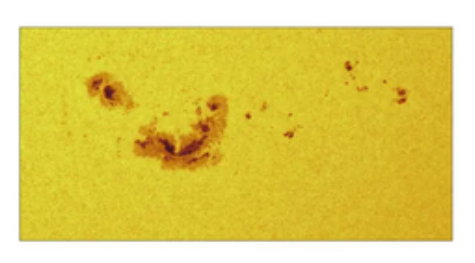Technology
Despite being halfway through the current solar cycle, Sun is starting next

New Delhi, July 19
Even though the Sun is just halfway through its current cycle, the first rumblings of its next 11-year solar cycle have been detected in sound waves within it, according to a team of researchers.
This current cycle is presently reaching its apex, or solar maximum that occurs when the Sun's magnetic field flips and its poles swap places, until mid-2025.
It impacts the Sun's surface activity, with sunspots, flares, and coronal mass ejections all increasing during solar maximum.
This causes an increase in electromagnetic energy heading towards Earth, making auroras more visible and at lower altitudes.
The current solar cycle, known as Cycle 25, began in 2019. It is not expected to end for another six years but researchers from the University of Birmingham have spotted the first signs that the next solar cycle is beginning.
They presented the findings at the Royal Astronomical Society’s National Assistance Astronomy in Hull.
Dr. Rachel Howe, Helioseismology Research Fellow at the University of Birmingham, and her team have detected early signs of solar cycle 26 through internal sound waves in the Sun, revealing bands of faster and slower rotation.
This pattern, observed using helioseismic data from GONG, MDI, and HMI since 1995, shows faster-moving material drifting toward the Equator before each solar cycle starts.
Comparing data from Solar Cycles 23, 24, and 25, researchers note a repeating but not identical pattern.
Dr. Howe, monitoring these changes for 25 years, is excited about the first hints of Cycle 26, expected to start around 2030, offering insights into the Sun's plasma and magnetic fields.



































